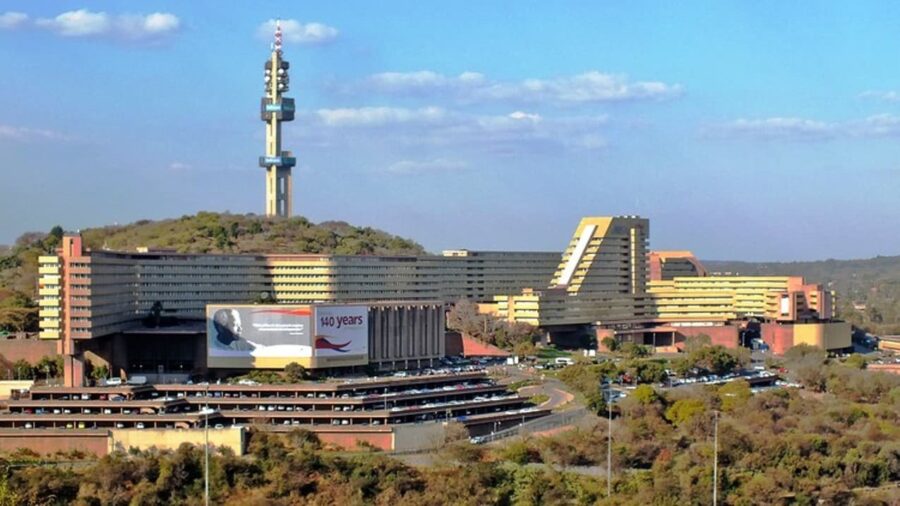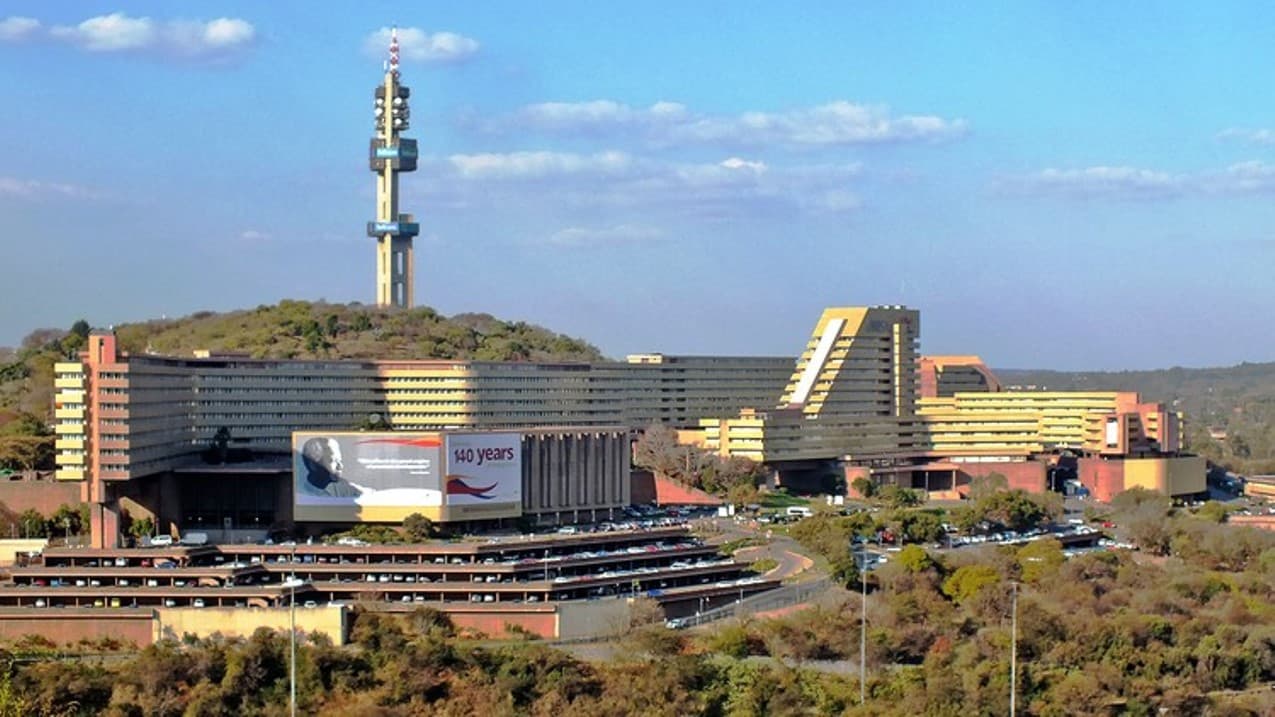
South Africa must fix its academic incentives, or other universities may meet the same fate as UNISA
Paying the same amount for every published article encourages low-quality paper-mills

Academic research is crucial to a well-functioning society. It drives technological development and public policy formulation, and perhaps most importantly it underpins teaching at the tertiary level.
Most countries recognise this importance and have incentives to support academic research. South Africa is no different, with a fair percentage of the R130-billion per year higher education budget supporting academic research through a range of incentives.
For example, subsidies are paid to reward academic publications. Peer-reviewed publications are directly subsidised, with about R120,000 paid to an institution for a scientific paper, with comparable amounts for conference proceedings and chapters in textbooks. The exact amount varies yearly.
About R2.5-billion is disbursed through this mechanism annually, and at some universities, a sizeable portion of this is paid directly to researchers. Hiring and promotion criteria are also closely linked to publication count. Between them these incentives dictate the direction of much academic activity.
Unfortunately, these incentives are poorly designed in alarming ways. The subsidy for publication makes no distinction about quality. A low-quality paper in an obscure journal will receive precisely the same subsidy as groundbreaking research published in a prestigious journal. The subsidy incentivises producing high volumes of low-quality research.
This wastes public funding, impacts the quality of research, and has a corrosive effect on institutional culture and on the quality of teaching. One purpose of having quality researchers lecturing at a tertiary level is to incorporate valuable cutting-edge expertise into the curriculum and to inspire students through their contact with academics who are doing valuable and exciting research. Research activities focused on high-volume, low-quality output do not provide this.
Over the long term this system of incentives elevates people whose behaviour is in line with those incentives. Badly formulated incentives don’t merely encourage negative behaviours and reinforce them, they also selectively advance people with a proclivity for those behaviours. By encouraging and rewarding the extraction of public resources for personal advancement, the current incentives have the potential, over time, to selectively advance individuals who, even if not necessarily unethical per se, lack a clear sense of responsibility toward society in using the resources entrusted to them.
Much of the management stratum at universities is comprised of high-ranking academics, and many universities automatically grant professors voting positions on their senate. A university’s academic culture influences its managerial culture and top-level decision-making. This has likely contributed to the downfall of UNISA.
UNISA’s institutional decline
The distance-learning institution has a long and proud history as a primarily teaching-focused university, but a recent announcement that it will be placed under administration has brought to the fore an extractive institutional culture, with accusations of corruption and misappropriation of funds reaching to the top levels of management, and suggestions that procurement processes may be compromised throughout the institution.
While the actions taken by government to address this crisis should be applauded, there is reason to believe there may be underlying contributors that are broader than just the individuals implicated.
UNISA’s institutional decline has occurred concurrently with a boom in its research metrics. The university’s most recent research and innovation report, from 2021, reported that in the 2010s the university’s subsidy-eligible research outputs almost doubled, while its complement of National Research Foundation-rated scientists more than doubled. In that time, it launched two dedicated research institutes along with several flagship research projects, and in 2013 unveiled a R1-billion science facility on its Florida campus. These achievements were reflected by a steady climb upward on most global university rankings.
That such profound institutional rot took place concurrent with such resounding success at the pursuit of research incentives is not pure coincidence. Even if the incentives didn’t trigger institutional decline they likely contributed to it or at the very least didn’t adequately safeguard against it.
As long as these incentives remain in their current form, all of South Africa’s universities are at risk of finding themselves on the same trajectory as UNISA. If the incentives encourage universities to become “paper mills” then they will all trend in that direction, eventually compromising the entire academic project.
Urgent reforms are needed
As a bare minimum, subsidies for publications must be restructured to reward quality research. This can be achieved, to at least a small degree, by making subsidy amounts contingent on what tier of journal the publication appears in. This is admittedly a shaky measure of actual value to society, but it would at least be a significant improvement on the status quo.
A further problem is the “Open-Access” funding model enthusiastically adopted by journals worldwide. Under that model, the authors of a paper, or rather their host institution, pay a fee to the journal upon the publication of a paper, replacing the standard subscription fee model. The fees involved are almost invariably exorbitant, vastly disproportionate to the actual costs incurred by the journal during the publication process. Fees in the region of $1,500 (R28,000) are commonplace and some journals charge eye-watering amounts to the tune of $10,000 (R187,000).
ALSO READ: Higher Education Minister to place UNISA under administration
This funding model is extractive. It targets researchers, who benefit personally from publication, as an avenue for access to money that is mostly publicly funded. It also creates a severe conflict of interest. Implicit in the Department of Higher Education’s subsidy scheme is an assumption that journals, and their peer-review processes, act as an impartial arbiter of whether a researcher’s work merits the subsidy. The simple expedient of making any publications, for which a fee was paid, ineligible for subsidies, would remove the most severe conflict of interest, preventing a situation where an individual uses public money to pay for publications and then receives indirect personal benefits that are also paid by public money.
These small steps would certainly not resolve all of the issues faced by academia but they would tighten the taps on low-quality research and unethical academic activity, and provide some safeguard against extreme declines such as that endured by UNISA.
The author is a chemical engineer at Wits.
Views expressed are not necessarily GroundUp’s.
